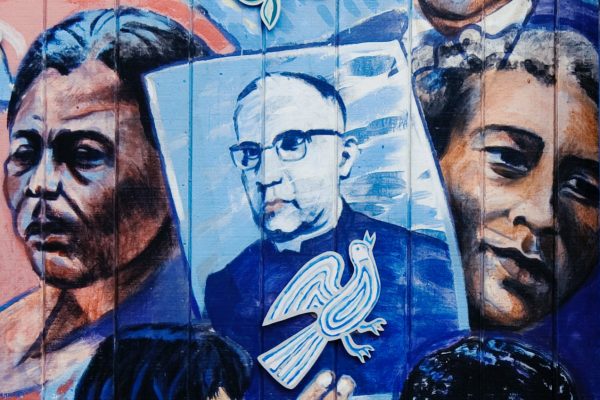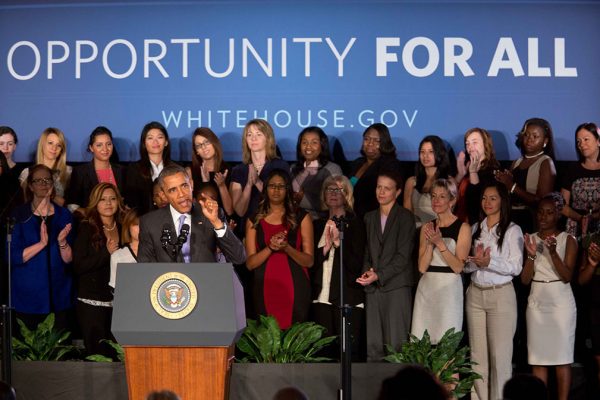In 1839 Louis Blanc, the French revolutionary from whom Marx borrowed the maxim “From each according to his abilities, to each according to his needs,” wrote:
Yes, freedom! That is what must be conquered; but true freedom, freedom for all. . . . It is because freedom has been defined by the word “right” that we have come to call free people who are slaves of hunger, slaves of the cold, slaves of ignorance. . . . freedom consists not only in the right granted, but in the power given, to a man to exercise and develop his faculties.
In the following decades, the theme of freedom—liberation, emancipation—remained present in the thinking, rhetoric, and action of the left, but it was often overshadowed by another theme: work, both as what entitles people to an income and what gives meaning to their lives. Being on the left tended to be synonymous with supporting the labor movement and its struggles for improving working conditions and increasing the labor share in the social product, whether directly, in the form of wages, or indirectly, in the form of social security entitlements earned through work.
Then came the powerful neoliberal wave, starting in 1949 with Friedrich Hayek’s invitation to emulate the socialist “courage to be utopian” by offering a freedom-focused radical alternative, a “liberal Utopia.” Milton Friedman popularized the idea that capitalism and freedom were inextricably linked. And then Robert Nozick and other libertarians claimed the quasi-anarcho-capitalist blueprint was solely consistent with respect for individual freedom: politically phantasmatic but intellectually fascinating.
Faced with this frontal attack, much of the left got trapped on the defensive. In the egalitarian project, freedom not only had to be subordinated to work, but also belittled, and even combatted, for the sake of equality. Aziz Rana argues that this was a mistake. Rather than “abandon narratives of liberty to the extremism of today’s right,” the left should revive a vision of liberty akin to Louis Blanc’s, which he says Anglo-European settlers carried to North America: for them, Rana writes, freedom “required actually experiencing independence and control over the basic conditions of one’s life.”
I could not agree more. My Real Freedom for All (1995) was an attempt to debunk the libertarians’ misuse of the concept of freedom, to help prevent the neoliberal right from appropriating it, and thereby to make room for the possibility of being both egalitarian and (truly) libertarian. Real freedom, understood more broadly than the republicans’ freedom from domination, should not be viewed as a value in tension with the value of equality. It should rather be viewed as the distribuendum of the egalitarian conception of justice that the left should embrace. The left’s many struggles should focus on reforming institutions in such a way that the real freedom enjoyed by those with the least real freedom should be as extensive as sustainably possible: in short, real freedom for all.
Such a left freedom project is often linked to demands for more effective democracy. Yet I would be reluctant to say, as Rana does, that “a left freedom project assumes that self-rule is a continuous exercise in participation and collective power.” Freedom and democracy should not be conflated. Self-rule is not the same as collective rule, however democratic. In particular, while re-empowering the labor unions is a most sensible priority in the U.S. context, linking it as a matter of definition to the left freedom project runs the risk of reducing the appeal to freedom to a superficial facelift of the traditional “laborist” approach.
The contrast between the “laborist,” or work-focused, left and the “real-libertarian,” or freedom-focused, left should not be overstated. The former believes in the emancipatory virtue of paid work. Hence, for example, its plea for extending to women the traditional male ideal of lifelong, full-time employment. The latter, on the other hand, attaches as much importance to the real freedom to access meaningful jobs as to the real freedom to turn down or quit lousy ones.
Making freedom rather than work central has crucial advantages. It accommodates effortlessly the importance of nonlabor dimensions of life, such as the quality of public spaces, the health of the environment, or the fairness of intrahousehold arrangements. It does not fetishize paid work, which for many people can be an activity less fulfilling for themselves and less useful to society than what they would do if they enjoyed more real freedom to do something else.
And crucially, it does not induce a systematic identification of the objectives of the left with those of organized labor. In some countries, labor unions defend the interests of the best protected workers far more assiduously than those of the precariat. As unions tend to be more present in the public sector than in the private sector, they are often acting less in defense of the working class against the capitalist class than in defense of the interests of specific categories of public employees against the public interest.
Real freedom for all is not only important to the left’s egalitarian project for the sake of justice. It is also important to economic sustainability. The real freedom afforded by basic income and other employment-independent unconditional entitlements is itself a productive force. The bargaining power such entitlements confer create a systematic bias in favor of training-rich jobs. The basic economic security they offer encourages risk taking and lifelong learning. And by widening the range of affordable options, they enable more people to find something to do that they like doing while being useful to society.
Moreover, real freedom is an important prerequisite for what might be regarded as the left’s ultimate objective. For Louis Blanc, “true freedom” has not one, but two “immortal sisters”: one is equality, the other fraternity—or, if you prefer, solidarity. Fraternity is about the quality of interaction between people: about what they voluntarily do for each other. So we can view justice as real freedom for all not only as an aim in itself, but also as a tool for bringing about fraternal relations. Such relations cannot be coerced into existence through compulsory labor. But a fair distribution of real freedom can prompt them. Countergifts can be expected in response to a fair distribution of unconditional gifts. If fraternity is to be fostered, freedom first needs to be regained.








